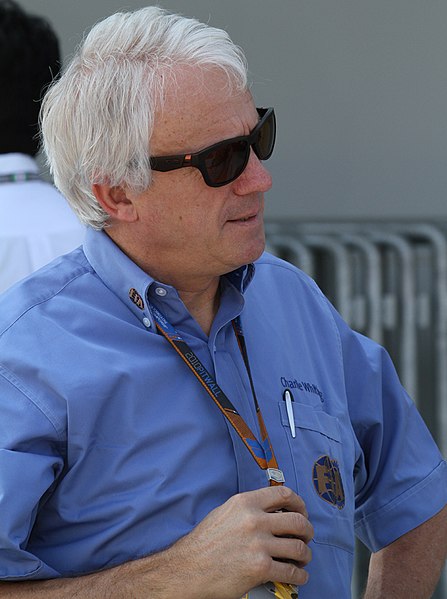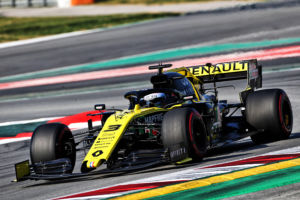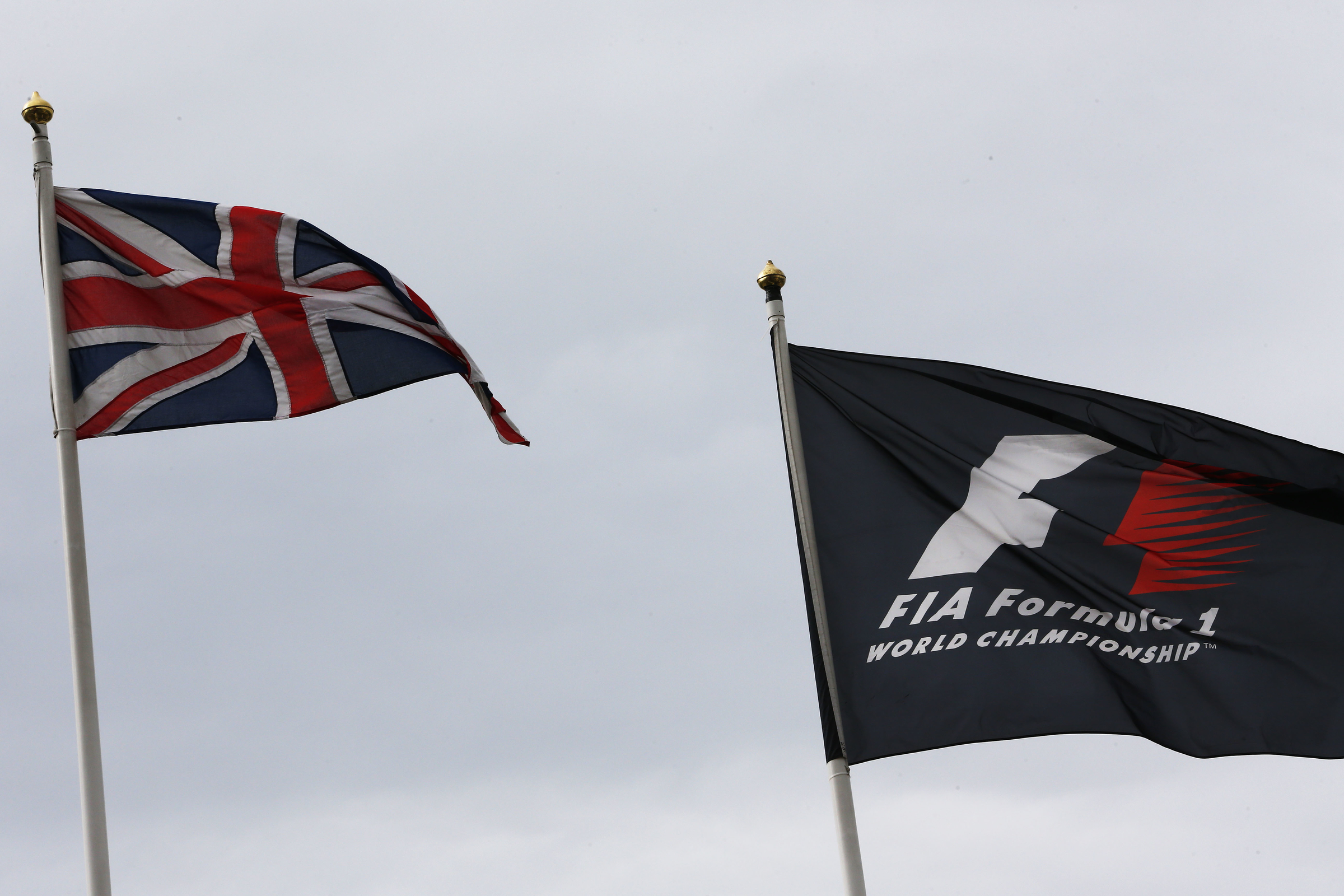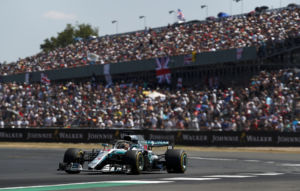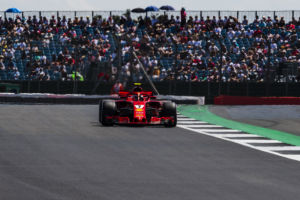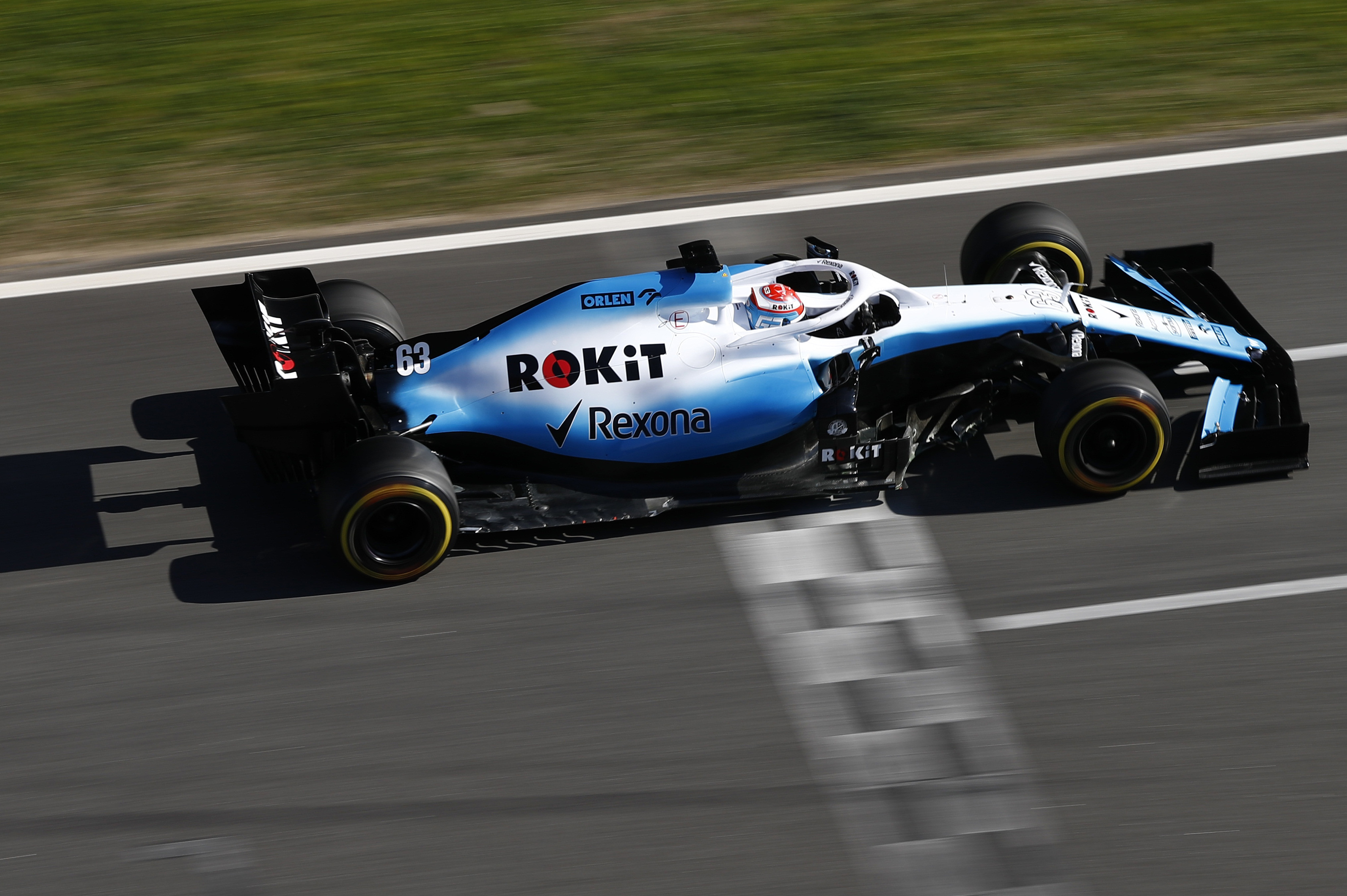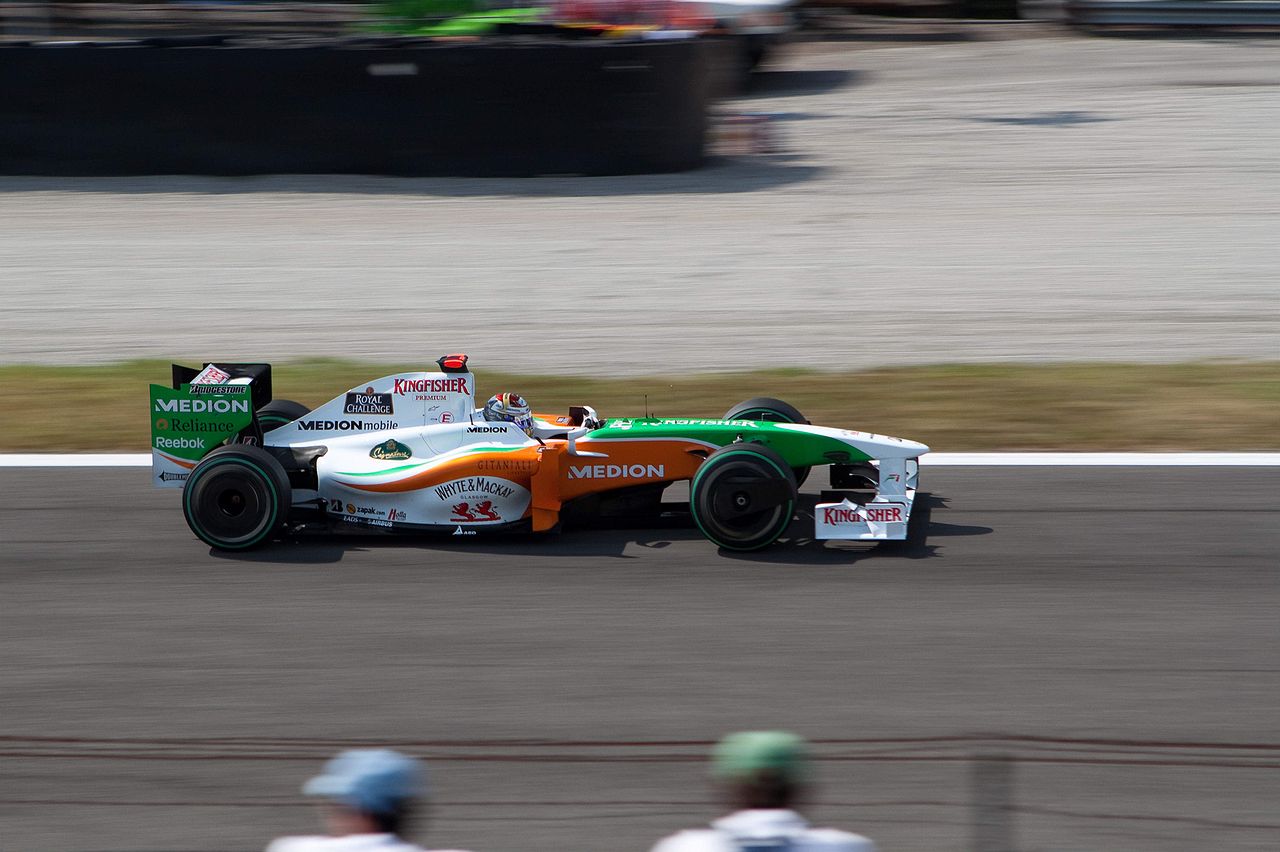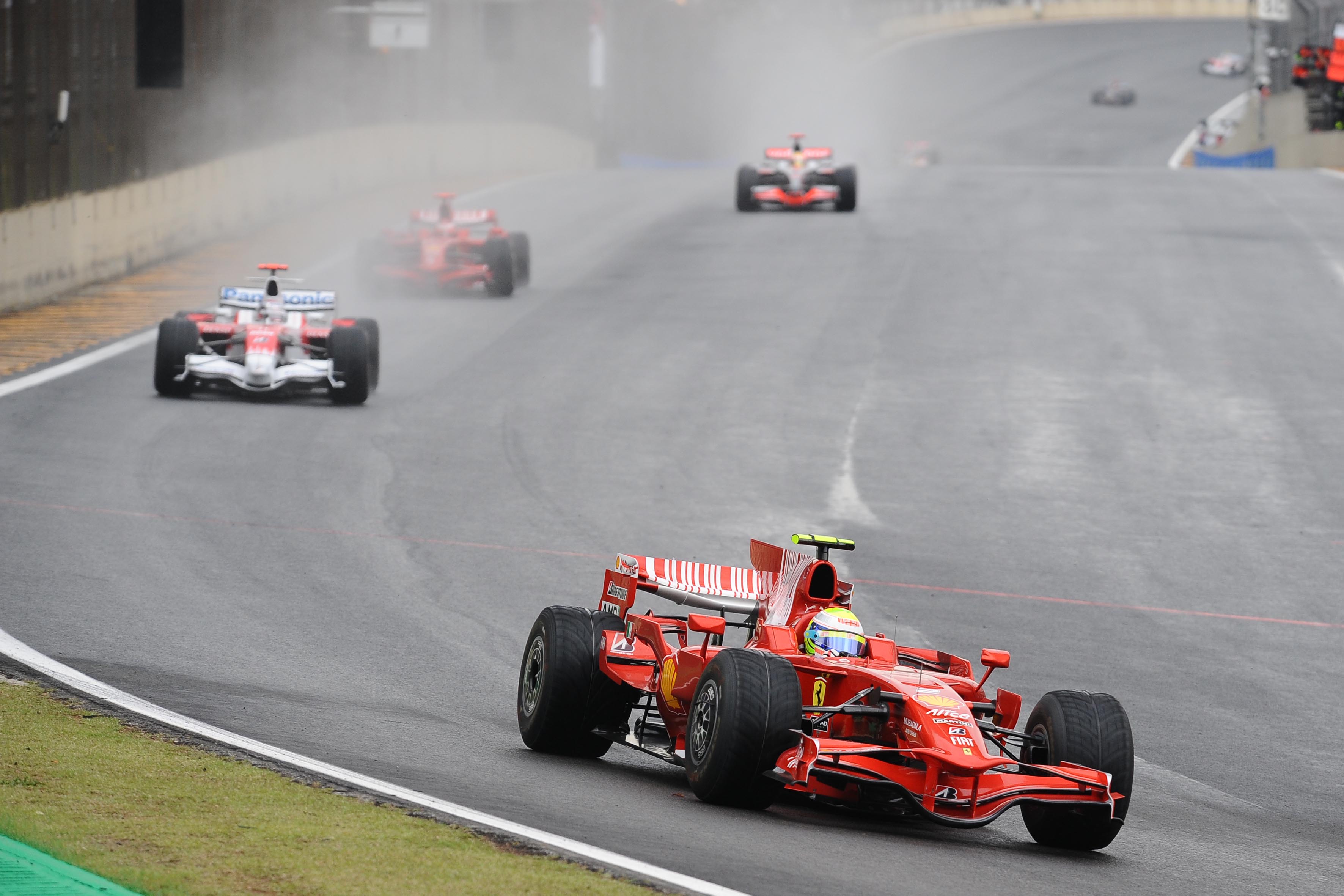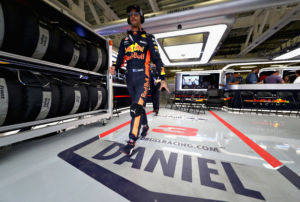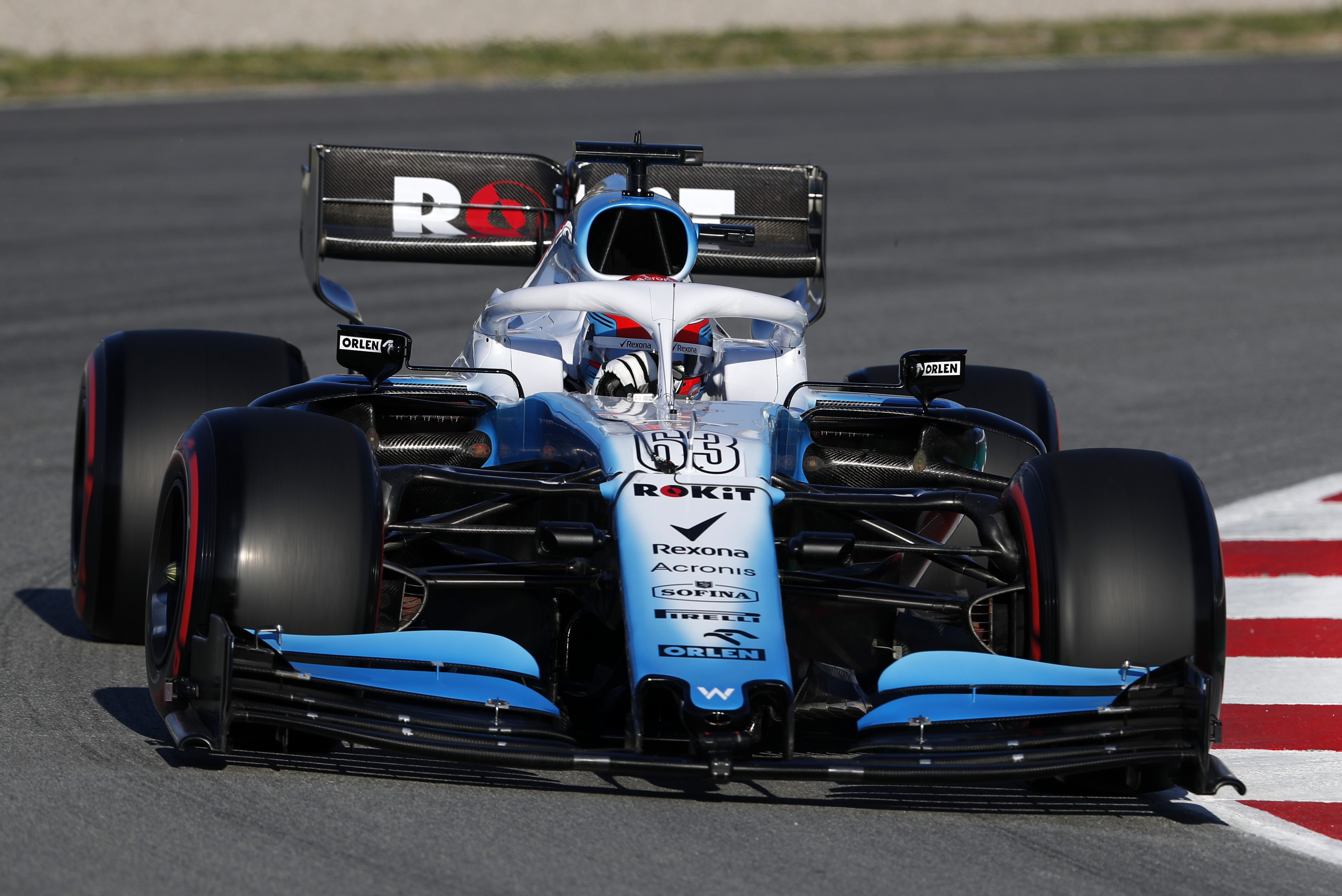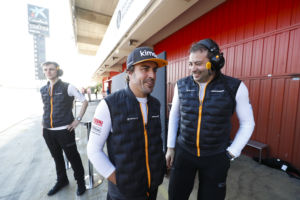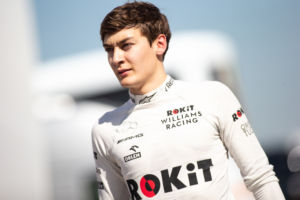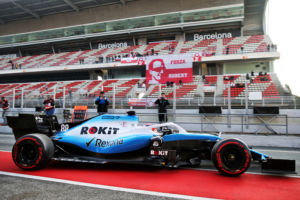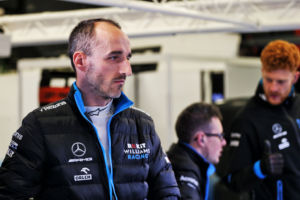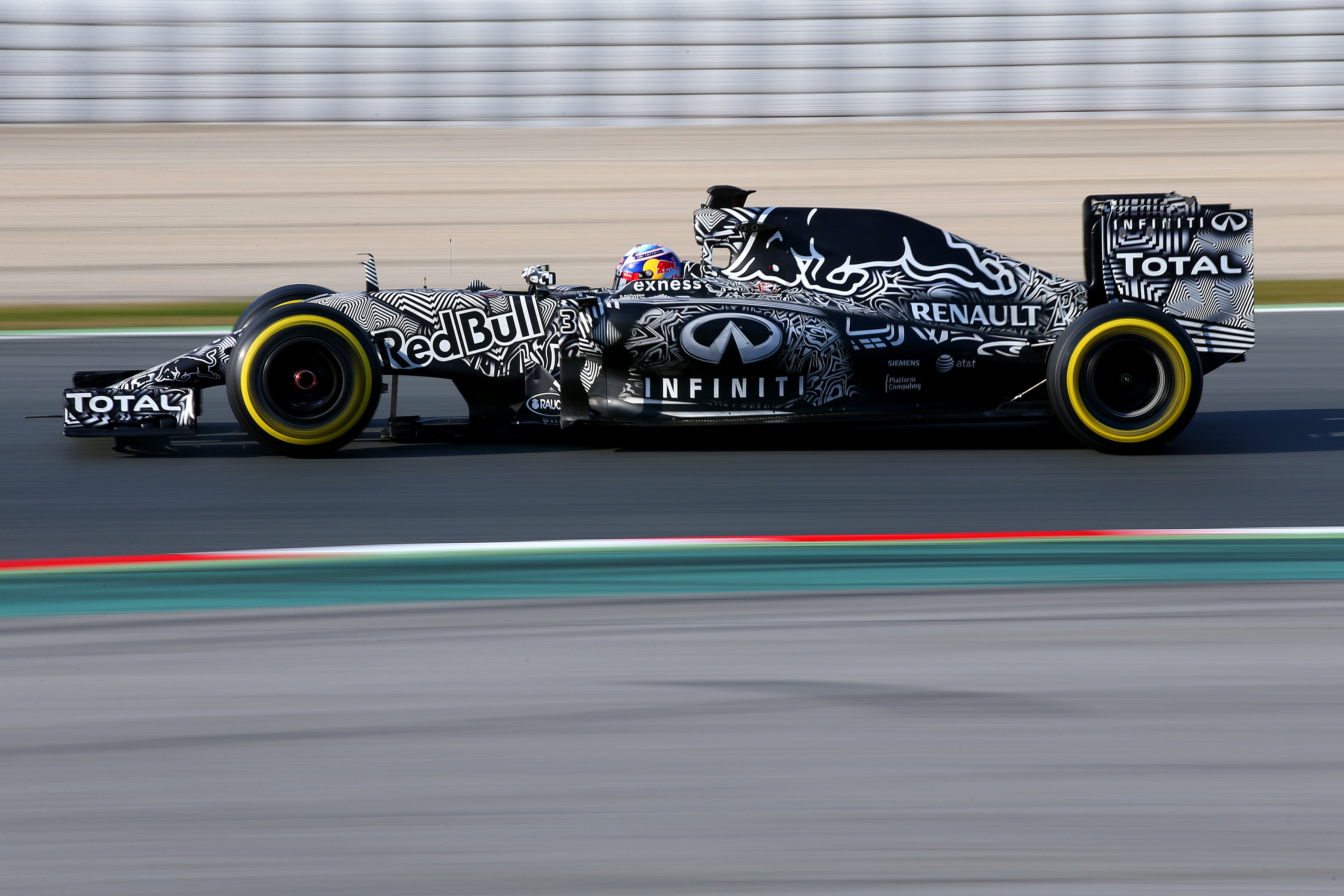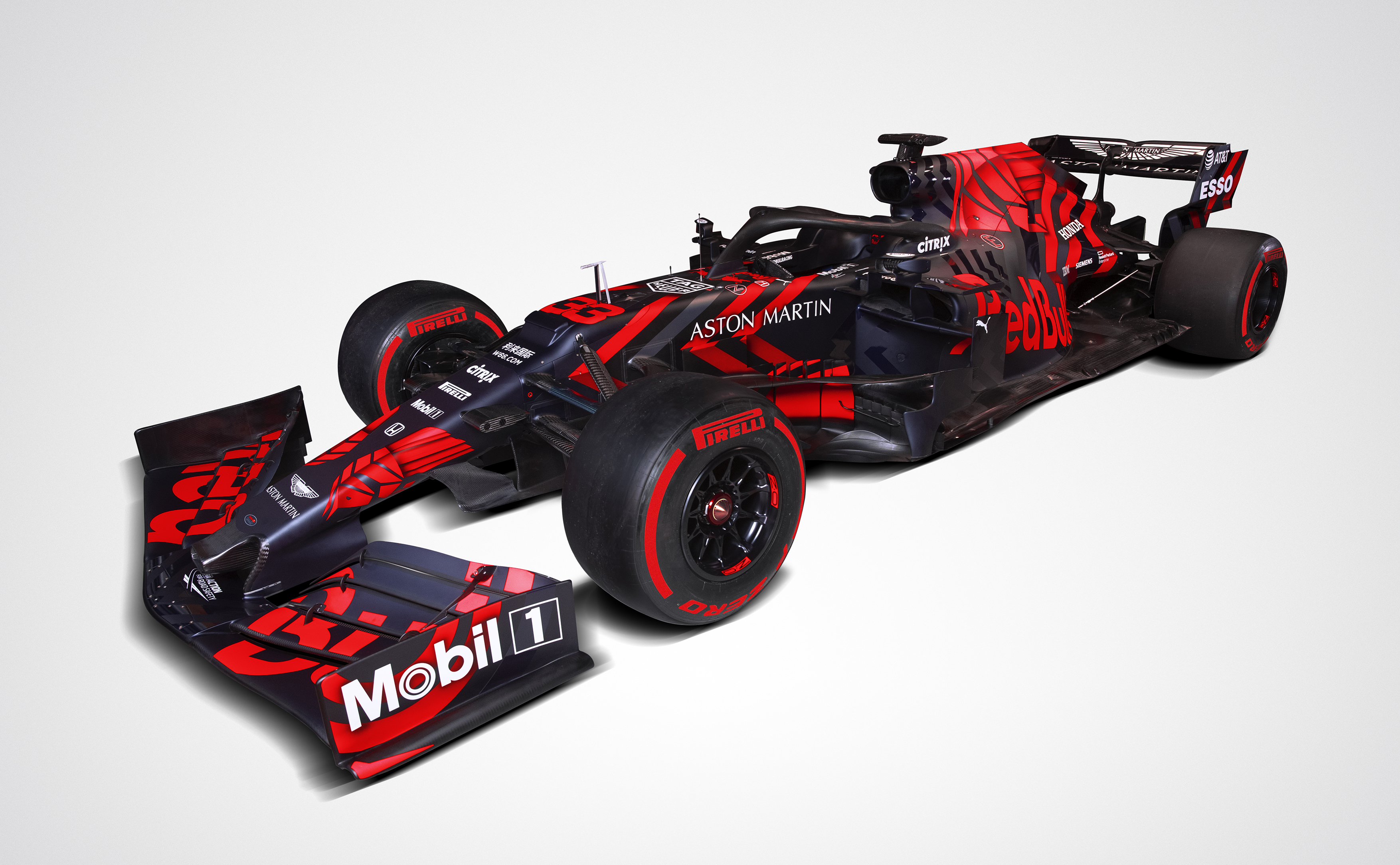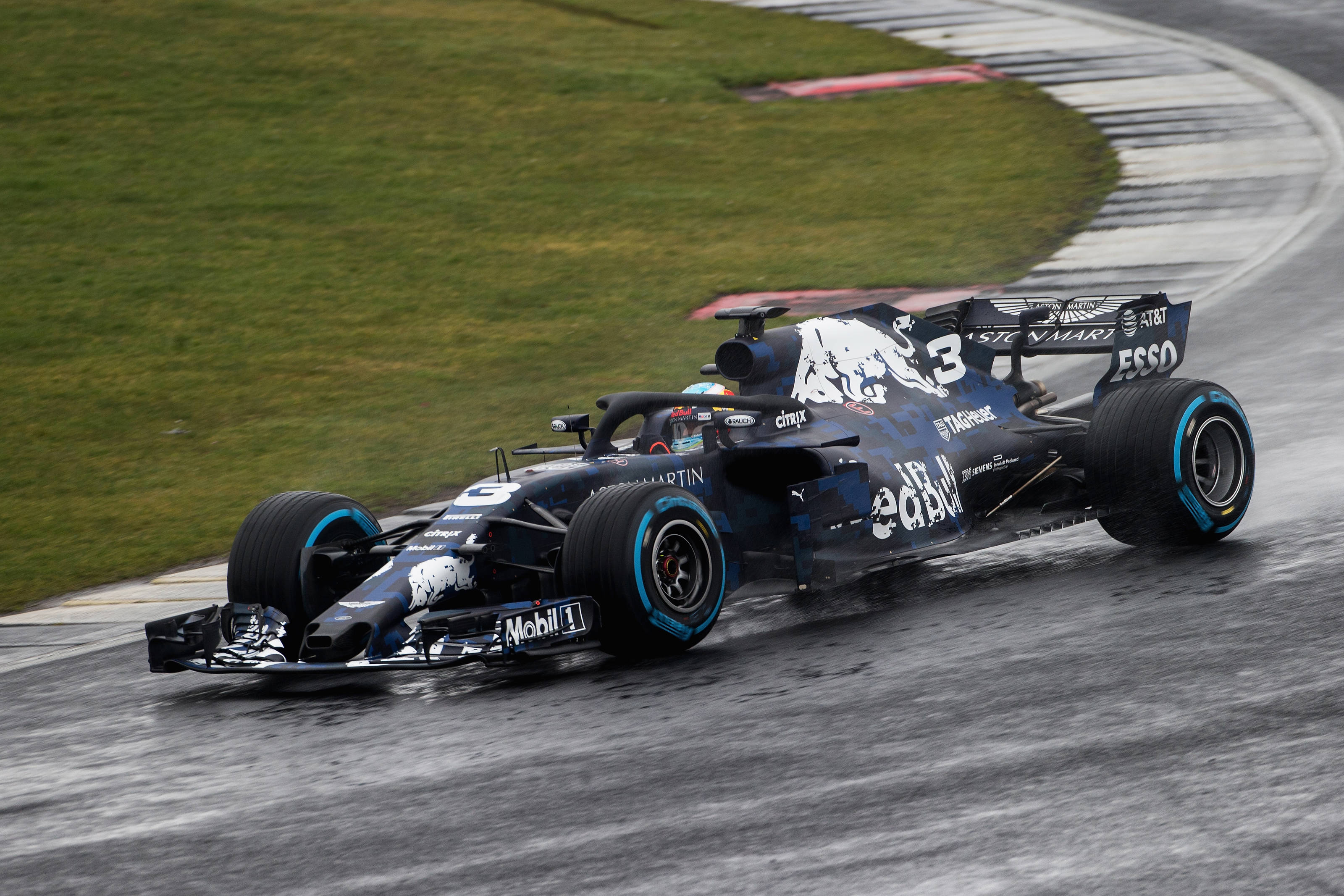Today, we woke up to the tragic news of the passing of FIA race director Charlie Whiting, aged 66. The sudden nature of his death has left those that know him shocked to the core, as well as those who saw him on F1’s world coverage. We at the Pit Crew Online would like to honour the legacy and nature of a man who kept F1 held together for over 30 years.
If there’s one word to be uttered about Charlie, is that oft-used one, ‘unique’ – but in this case, it’s a fitting description rather than a generic throwaway comment. He was a man both of principle and forgiveness, a finger that could wag if the need arose, but an arm around the shoulder if the moment required.
To say Charlie was well respected by the FIA, teams, staff and drivers is an understatement. He was as inseparable from the F1 circus as they were, and in some cases even more so. Charlie was able to command respect without seeking it. His diligence, humility and wise nature lent itself to the role of race director.
But he was also the glue that held races and rivalries together, a powerful arm inbetween sides but with a distinct human heart regulating his parity. He did it so well – the videoed briefings of the 2017 season in particular highlighted this. He was the air conditioner cooling the emotions of 20 men of intense flame. Charlie could articulate the law of the rulebook in such a way, that it never felt like a lecture but, rather, helpful advice.
Charlie also gained the respect of his peers with his humble rise to the role of race director. He would peek over fences, watching whatever motor races he could attend back in the 1960s, his unrequited admiration for racing driving his ambitions. By the 1970s, he was within the F1 paddock, working within the Hesketh and Brabham teams.
This is key to the makeup of Charlie’s apt way of handling things – he had the perspective not just of a director, but of a team staff member and an avid fan. Charlie never lost that sense of belonging of his childhood gaze upon the fastest machines, and his consideration for what the fans want to see coincided with his experience in a team infrastructure, finding a balance so many others were, and still are, unable to do to such an extent.
What we ought to remember Charlie as most, however, is a loving, attentive and passionate man who was able to enjoy the lighter side of his role in racing, and his life in general. Mark J. McArdle, the man behind the infamous Fake Charlie Whiting Twitter account, was taken to Charlie’s heart, and the two grew an incredibly close connection given Charlie’s commitments. He was always able to find the time, both within racing and outside of it.
And so we must say this: thank you Charlie. Thank you to the man who made sure red flag sessions were done by the books. Thank you to the man who could keep the drivers and teams calm before, and after, battle. Thank you to the man who kept the F1 circus rolling, for all those decades. Thank you to the man who could not be faulted for his dedication. And finally, thank you to the man behind the button – the credit to not just sport, but all those who knew him.
Rest in peace Charlie Whiting.
[Featured image – Wikimedia Commons]

